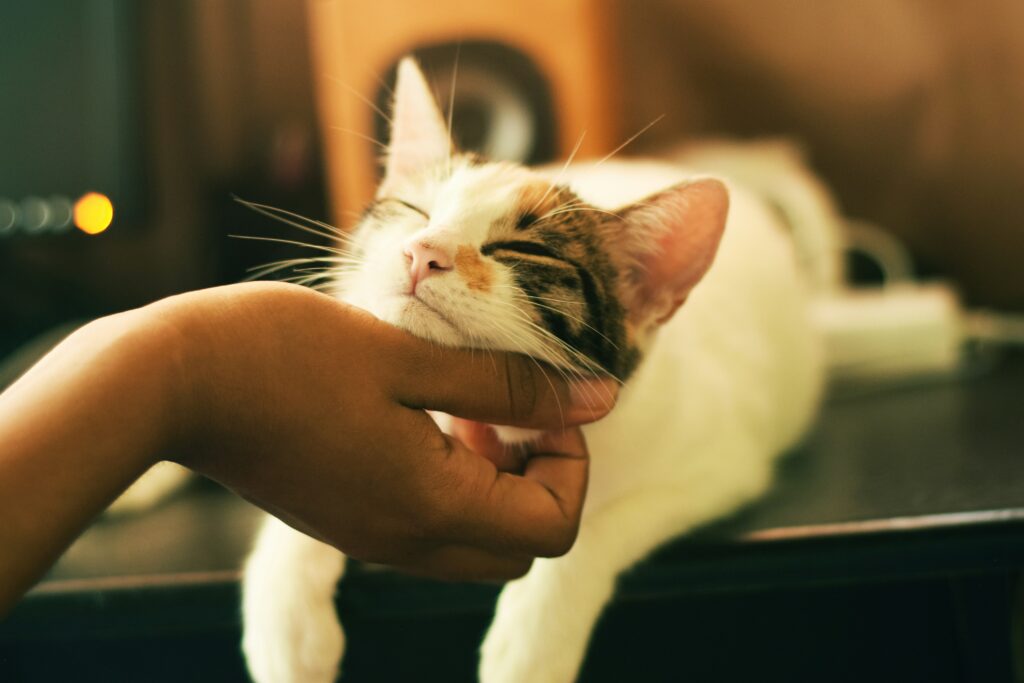As a loving pet owner, you want to ensure that your furry companion is happy and healthy. But how do you know when they’re in pain? Animals can’t speak up about their discomfort, so it’s up to us to recognize the signs and take action. Whether it’s a subtle change in behavior or an obvious injury, being aware of your pet’s cues is essential for their well-being. Here’s how to recognize when your pet is in pain and what steps you can take to help them feel better.
Pay Attention to Changes in Behavior

One of the first signs that something might be wrong is a change in your pet’s behavior. Are they suddenly more withdrawn or less active than usual? Do they seem less interested in their favorite toys or activities? Changes like these can indicate that your pet is in pain or discomfort. They might avoid jumping, refuse to go for walks, or even hide away. Keeping an eye on their daily habits and noting any differences can help you spot issues early.
Look for Physical Signs of Discomfort
Beyond behavioral changes, there are physical signs that your pet may be in pain. Watch for things like limping, sensitivity when you touch certain areas, or changes in posture (like arching their back or holding their head lower than usual). If you notice them licking or biting at a specific spot on their body, it could indicate an injury or irritation. Additionally, be on the lookout for excessive panting, drooling, or changes in appetite—these can also be signs of discomfort.
Monitor Their Vocalizations
Pets communicate a lot through sounds, and changes in vocalization can be significant. If your dog or cat is whining, yowling, growling, or making other unusual sounds, it may indicate that they’re experiencing pain. Some pets might even become unusually quiet when they’re hurting, hiding their discomfort instead of expressing it. If you notice a change in their vocalizations, take it seriously and investigate further.
Assess Their Eating and Drinking Habits
A pet in pain might change their eating or drinking habits. If they suddenly refuse their meals, struggle to eat, or seem hesitant to drink water, something could be wrong. Watch for signs of discomfort while eating, such as dropping food, pawing at their mouth, or grimacing. Keeping a close eye on their food and water intake is crucial; changes here can often provide important clues about their health.
Take Note of Their Grooming Behavior

Pets are usually diligent groomers, but pain can disrupt their grooming routines. If you notice your pet is no longer grooming themselves as usual or has areas of matted fur, it may be a sign they’re in pain or discomfort. Conversely, some pets may groom excessively in response to pain as a way of coping. Look for bald patches or skin irritation, as these can also indicate underlying issues that need attention.
Consult Your Veterinarian
If you suspect that your pet is in pain, the best course of action is to consult your veterinarian. They can perform a thorough examination to identify the source of the discomfort and recommend appropriate treatment. Don’t hesitate to voice your concerns during the visit; describe the changes you’ve observed in detail. Early intervention can make a significant difference in your pet’s recovery and comfort.
Provide Comfort and Support
While you’re waiting for a vet appointment or if you’ve been given a treatment plan, there are ways you can help your pet feel more comfortable at home. Create a quiet and cozy space where they can rest undisturbed, away from the hustle and bustle of daily life. Soft bedding, gentle petting, and soothing voices can go a long way in providing reassurance. You might also consider using heat pads or cool compresses, depending on the nature of their discomfort, but always consult your vet before trying new remedies.
Be Patient and Attentive

Recognizing pain in your pet is just the first step—being patient and attentive during their recovery is equally important. Pain management may take time, and some pets may require adjustments to their treatment plan. Continue to monitor their behavior, and stay in touch with your vet for follow-ups or additional support. Your loving care will make a world of difference as they navigate their healing process.
Understanding when your pet is in pain can be challenging, but with awareness and empathy, you can provide the support they need. By paying attention to their behavior, vocalizations, and habits, you’ll be better equipped to recognize signs of discomfort and take appropriate action. Your furry friend relies on you to be their advocate, so trust your instincts, stay observant, and seek help when necessary. Together, you can ensure they get back to their happy, playful selves in no time!


